NASA Astronomy Picture of the Day 7 May 2023: Helix Nebula! Will our Sun turn into THIS?
NASA Astronomy Picture of the Day today is that of a Helix Nebula, which is said to be formed by the death of a Sun-like star.
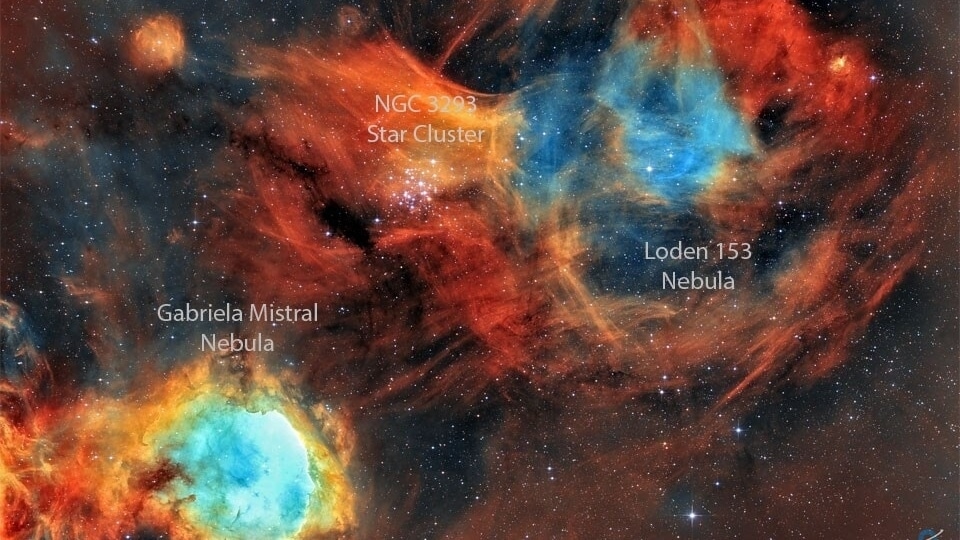

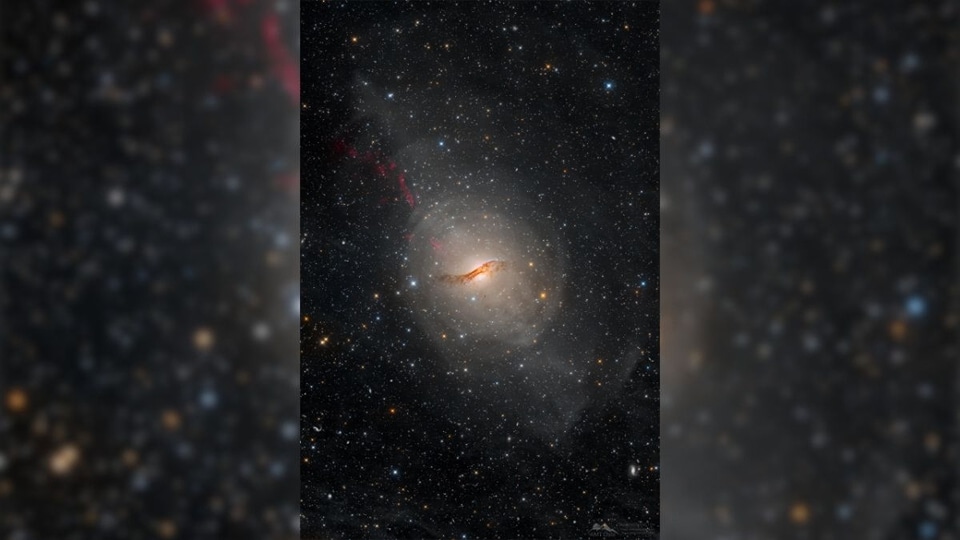
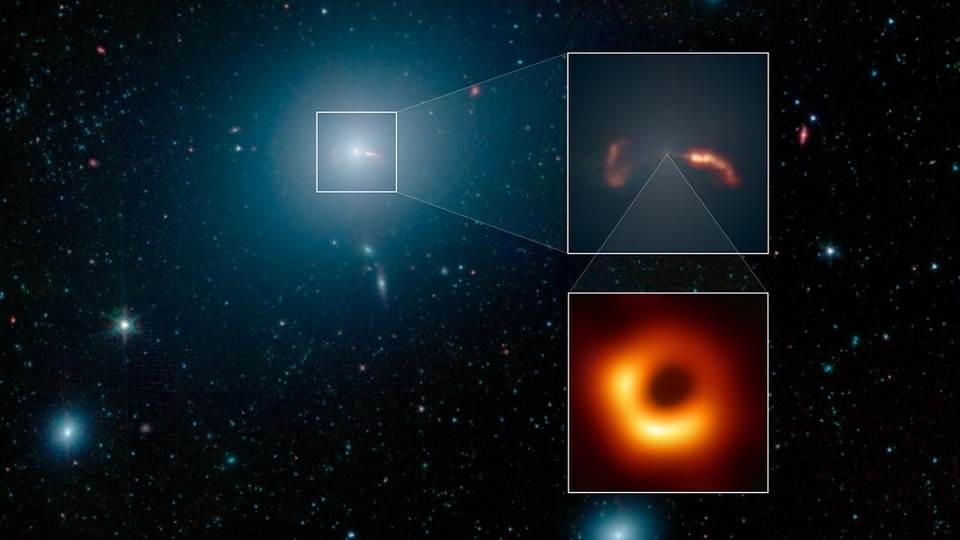
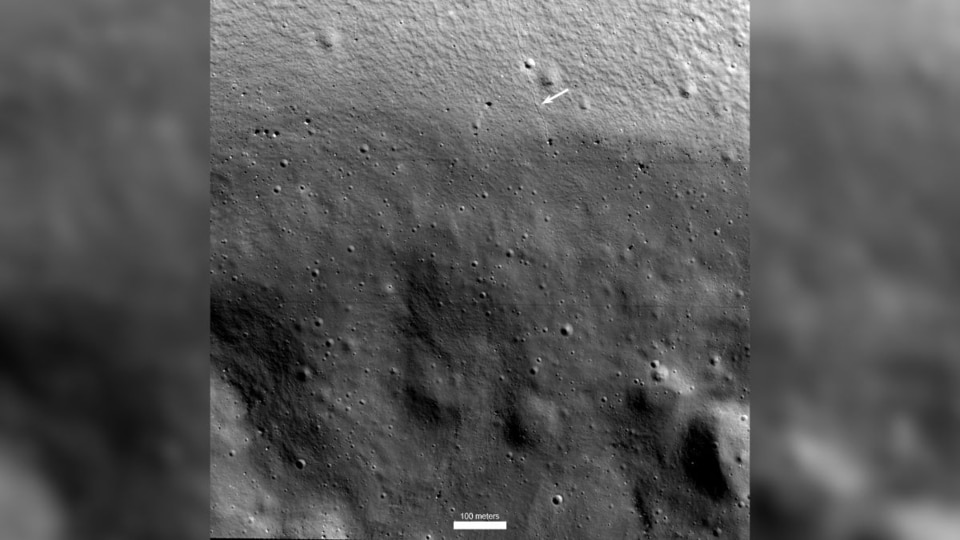
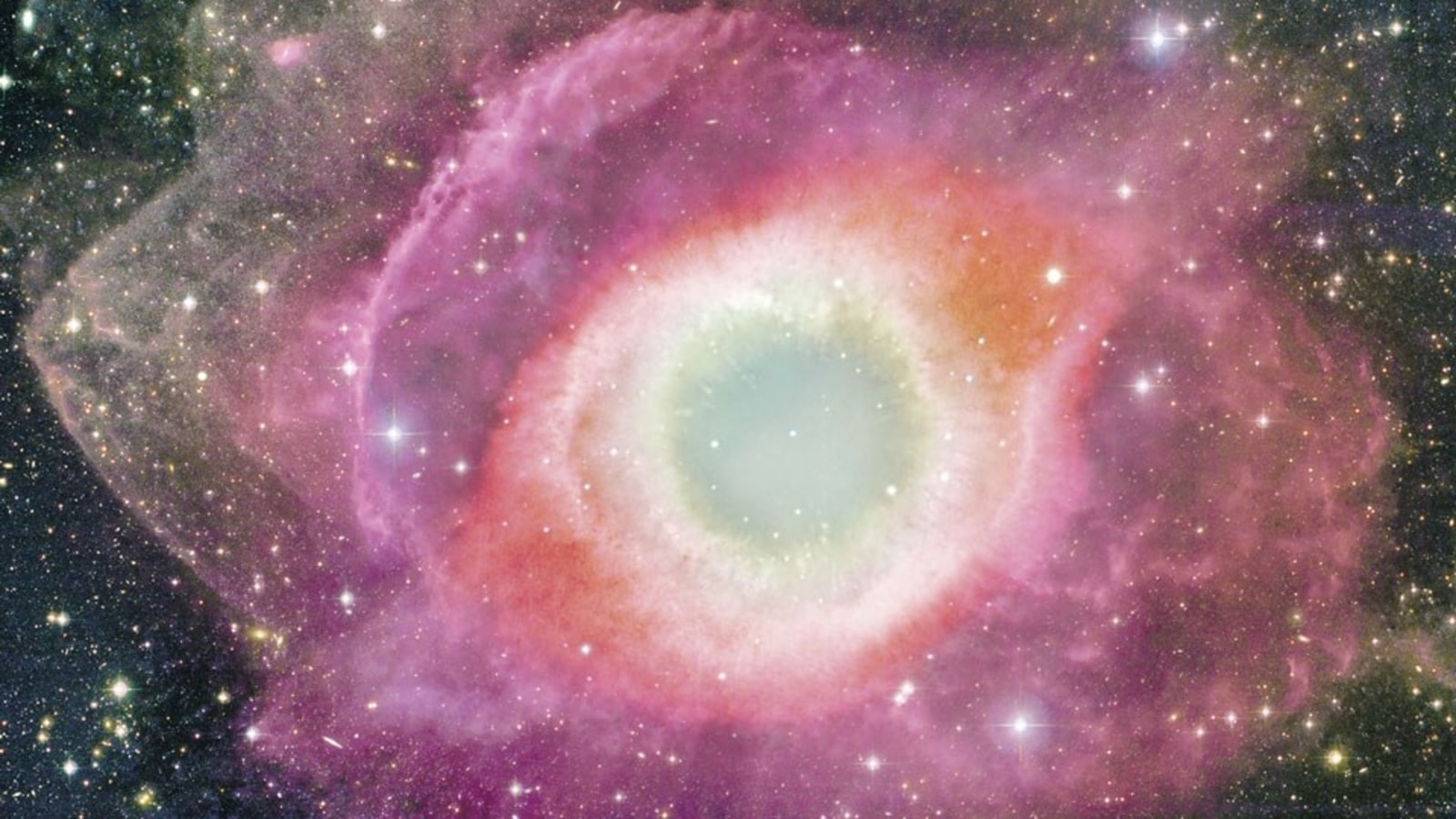
 View all Images
View all ImagesNebulae are colossal clouds of gas and dust in outer space that serve as the birthplace of stars, commonly referred to as "stellar nurseries," and occasionally the site of their demise - and sometimes both. One such nebula is the Helix Nebula, which is said to be one of the brightest and closest examples of a planetary nebula. That means, it is a gas cloud created at the end of the life of a Sun-like star. While sharing a picture of this spooky nebula, which was taken with the Canada-France-Hawaii Telescope (CFHT) located atop a dormant volcano in Hawaii, USA, NASA asked, "Will our Sun look like this one day?"
From the viewing angle, it seems like we are observing a helix when we see the outer gases of the star being thrown out into space. NASA explains that the central stellar core, which will eventually turn into a white dwarf star, emits intense light that causes the previously thrown-out gas to glow. While examining the inner edge of the Helix Nebula, it's evident that there are intricate gas knots with unknown origins, the space agency said.
More about Helix Nebula
The NGC 7293, commonly known as the Helix Nebula, is located approximately 700 light-years away in the constellation Aquarius and has a diameter of about 2.5 light-years. This nebula is a planetary nebula, which is formed from the remnants of stars that resemble our sun.
NASA says that these stars spend their lifetime undergoing nuclear fusion reactions in their cores, converting hydrogen into helium, and generating light and heat. When the sun exhausts its fuel in about five billion years, it will transform into a planetary nebula.
Not just planetary nebulae, but nebulae form in places where the interstellar medium has enough density to form clouds. This could be possible due to gravity, which might have pulled all the gas and dust together or as mentioned earlier because of the death of a star which emits its particles into space.
Catch all the Latest Tech News, Mobile News, Laptop News, Gaming news, Wearables News , How To News, also keep up with us on Whatsapp channel,Twitter, Facebook, Google News, and Instagram. For our latest videos, subscribe to our YouTube channel.





























